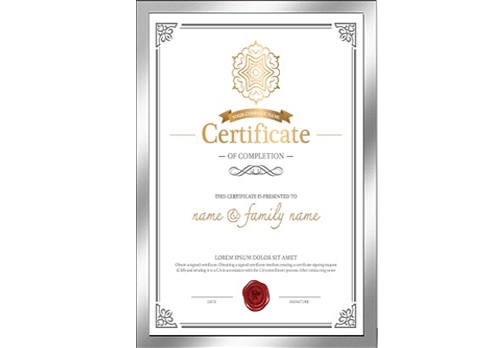
nov . 06, 2024 04:30 Back to list
tinplate steel factories
The Role of Tinplate Steel Factories in Modern Manufacturing
Tinplate steel factories play a crucial role in the manufacturing sector, especially in the production of food and beverage containers, as well as various industrial applications. By understanding the processes, benefits, and challenges associated with tinplate production, one can appreciate the significance of these facilities in both local and global economies.
Tinplate is produced by coating steel with a thin layer of tin, which provides excellent resistance to corrosion and enhances the steel's durability. This process involves several steps, including the rolling of steel sheets, cleaning, tin coating, and finally, the inspection and packaging of the finished product. The primary materials used in tinplate manufacturing are iron ore and tin, both of which must be sourced sustainably to minimize environmental impact.
One of the main advantages of tinplate is its recyclability. Steel can be recycled repeatedly without losing its inherent properties, making tinplate an environmentally-friendly choice for manufacturers. This aspect is increasingly attracting companies looking to adopt sustainable practices. Moreover, the lightweight nature of tinplate makes it an ideal material for packaging, reducing transportation costs and emissions. As a result, tinplate is commonly used in food preservation, with applications ranging from beverage cans to food containers, highlighting its importance in daily life.
Tinplate steel factories also contribute significantly to job creation. From skilled labor in manufacturing processes to managerial positions overseeing production logistics, the industry provides numerous employment opportunities. Additionally, these factories often support local economies by sourcing materials and services from nearby suppliers, fostering community growth and development.
tinplate steel factories

Despite these advantages, the industry faces several challenges. The volatility of raw material prices, particularly for tin and steel, can impact production costs. Moreover, stringent environmental regulations mean that factories must invest in technologies to reduce emissions and waste. Such adaptations can be costly but are essential for maintaining compliance and achieving sustainability goals.
The global market for tinplate is expanding, driven by growing demand for packaged food and beverage products. Regions such as Asia-Pacific are witnessing significant growth due to rising urbanization and changing consumer lifestyles. Furthermore, innovations in tinplate applications, such as easy-open can technologies and environmentally friendly coatings, are enhancing product appeal and market reach.
Looking ahead, the future of tinplate steel factories appears promising. As manufacturers around the world increasingly prioritize sustainability, the demand for recyclable materials like tinplate is likely to continue growing. Additionally, advancements in technology may lead to more efficient production processes, further reducing the environmental footprint of tinplate manufacturing.
In conclusion, tinplate steel factories are an integral part of modern manufacturing. Their contributions span environmental sustainability, job creation, and economic development. As challenges arise, the industry must adapt to maintain its relevance and to meet the evolving needs of consumers and businesses alike. With a focus on innovation and sustainability, tinplate steel factories can continue to thrive and play a significant role in the future of packaging and manufacturing.
-
Cost-Effective Tram: GPT-4 Turbo AI Savings
NewsAug.03,2025
-
New Energy Vehicles with GPT-4 Turbo AI
NewsAug.02,2025
-
Premium 26 Gauge Galvanized Steel Coil Maker | Quality
NewsJul.31,2025
-
GPT-4 Turbo New Energy Vehicles: AI-Driven Efficiency & Smart Mobility
NewsJul.31,2025
-
Electric Vehicles for Sale: New Cars, Used Cars & NIO ES8 Offers
NewsJul.30,2025
-
BYD New Energy Vehicles: Innovative New Cars for a Greener Future
NewsJul.29,2025